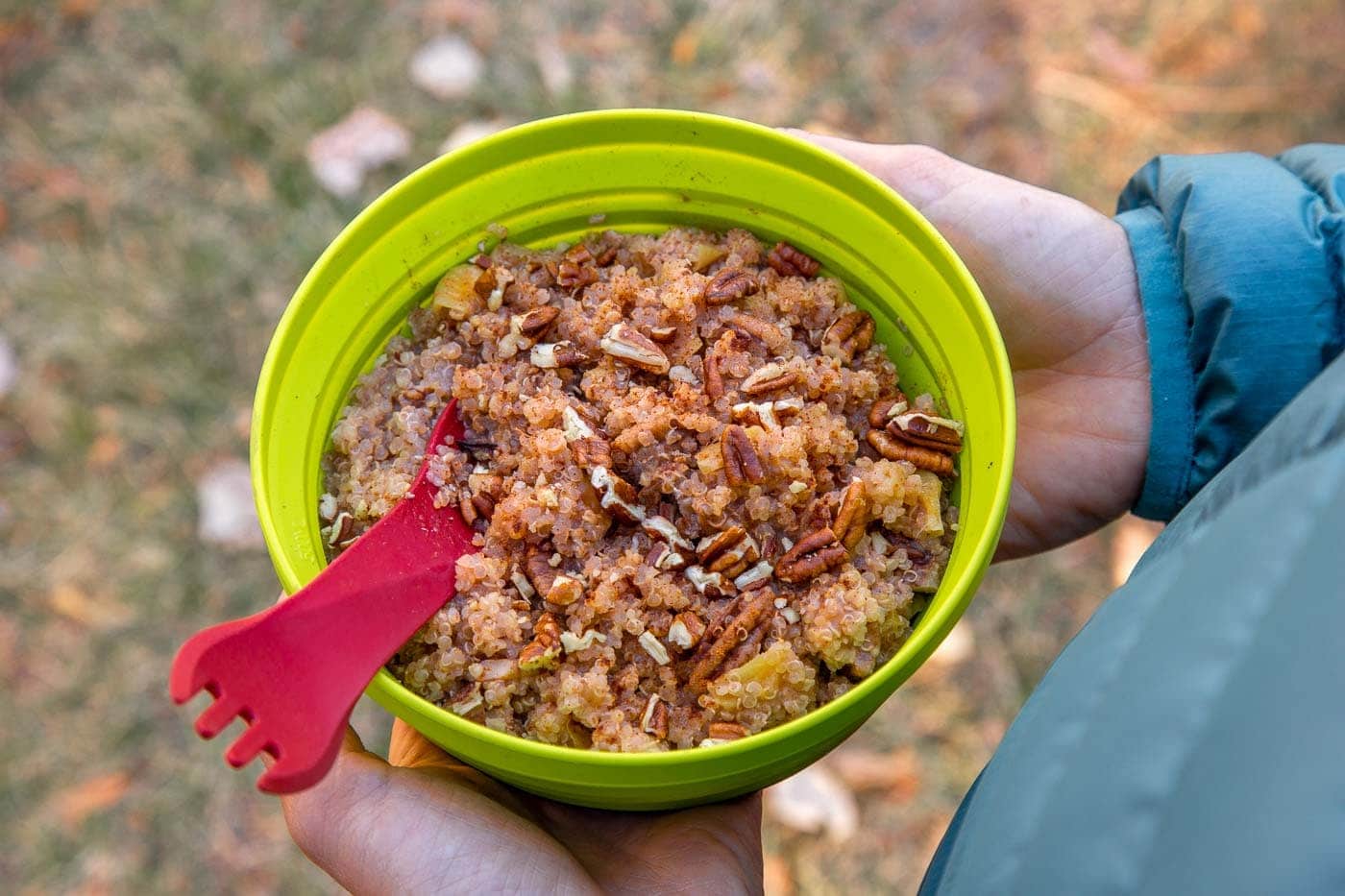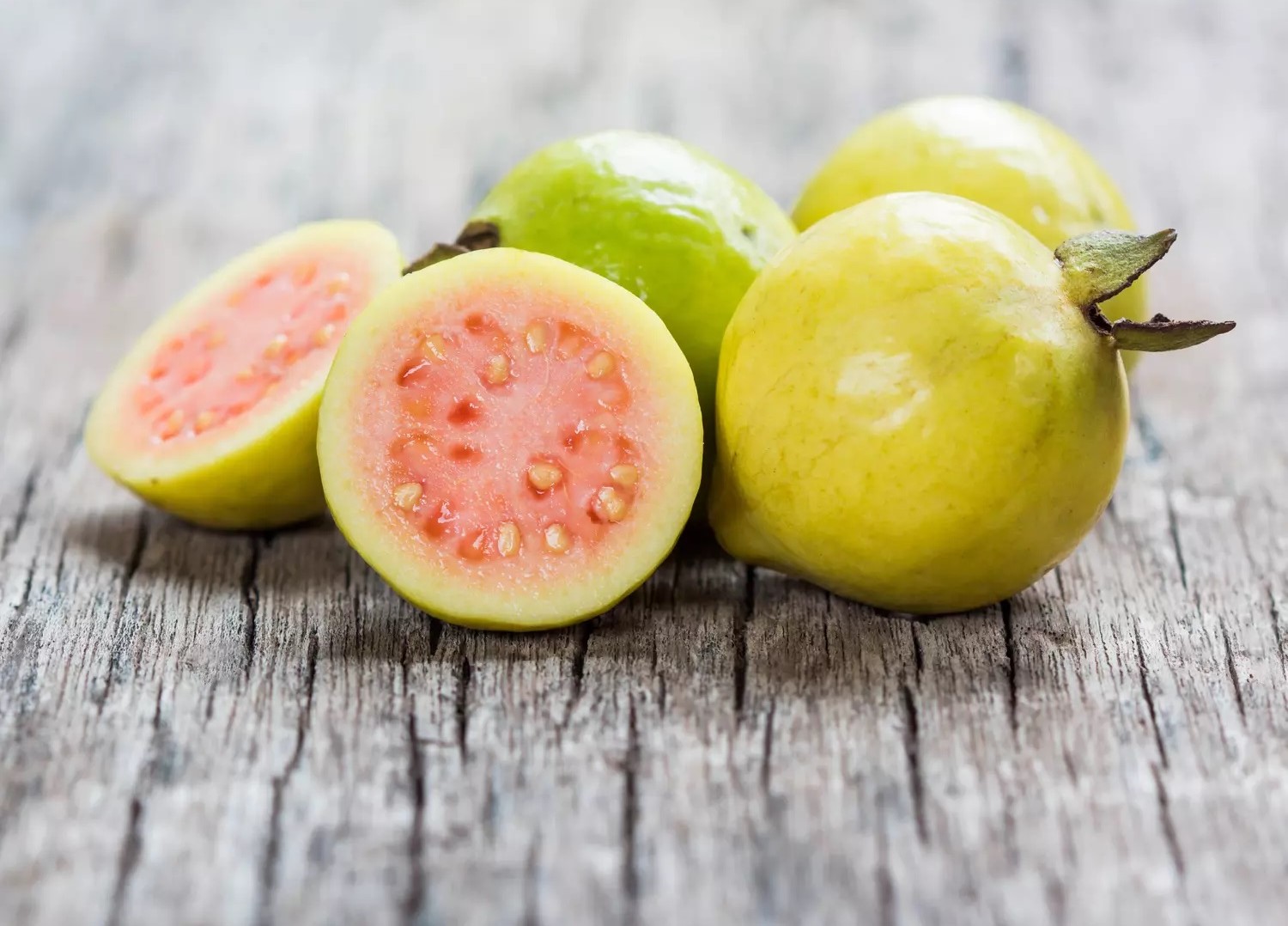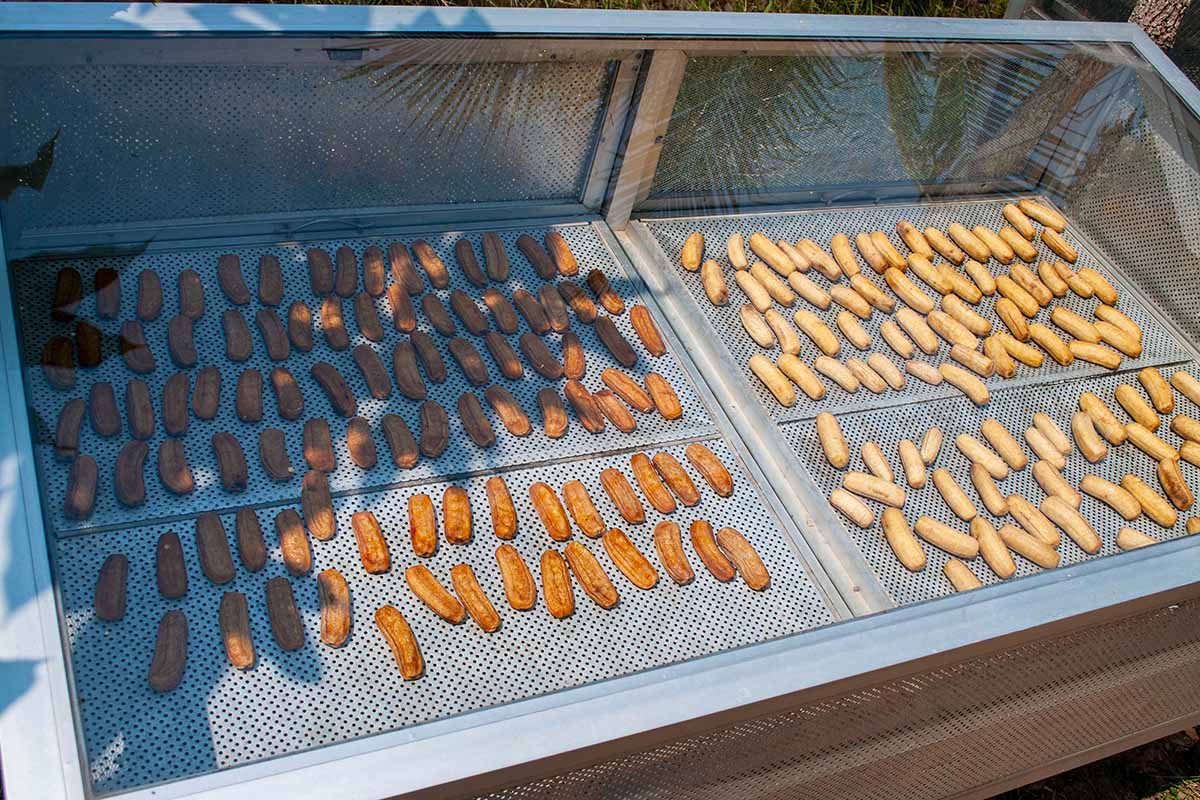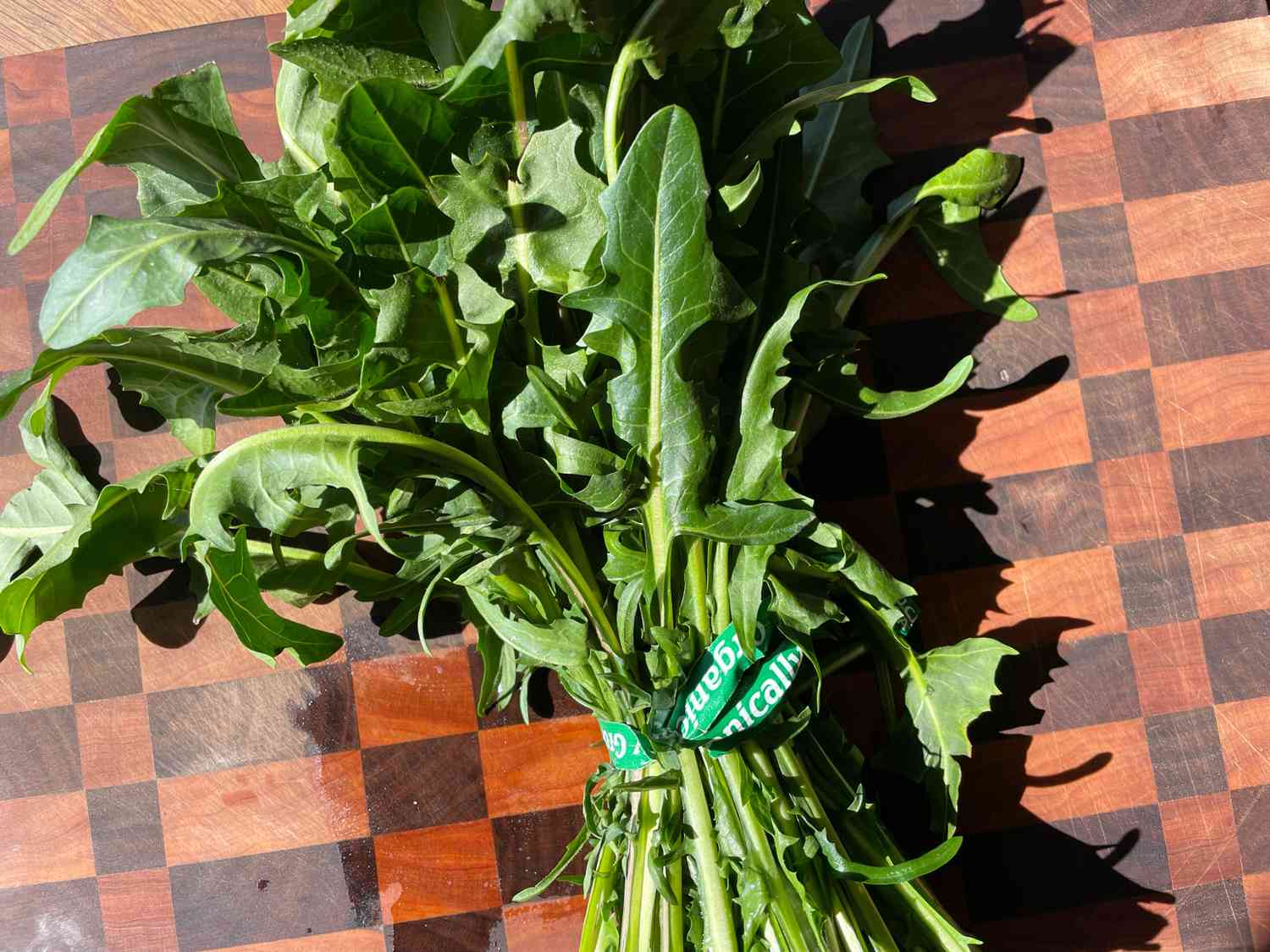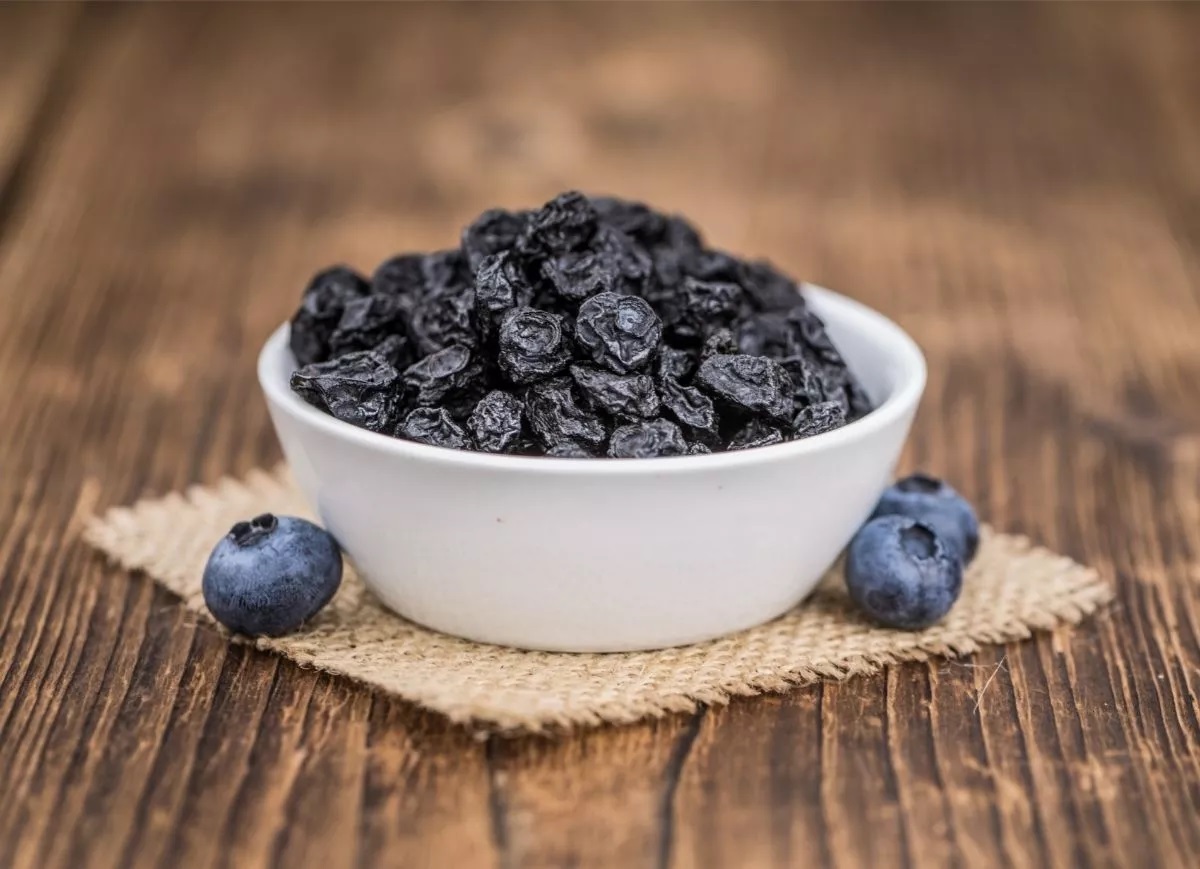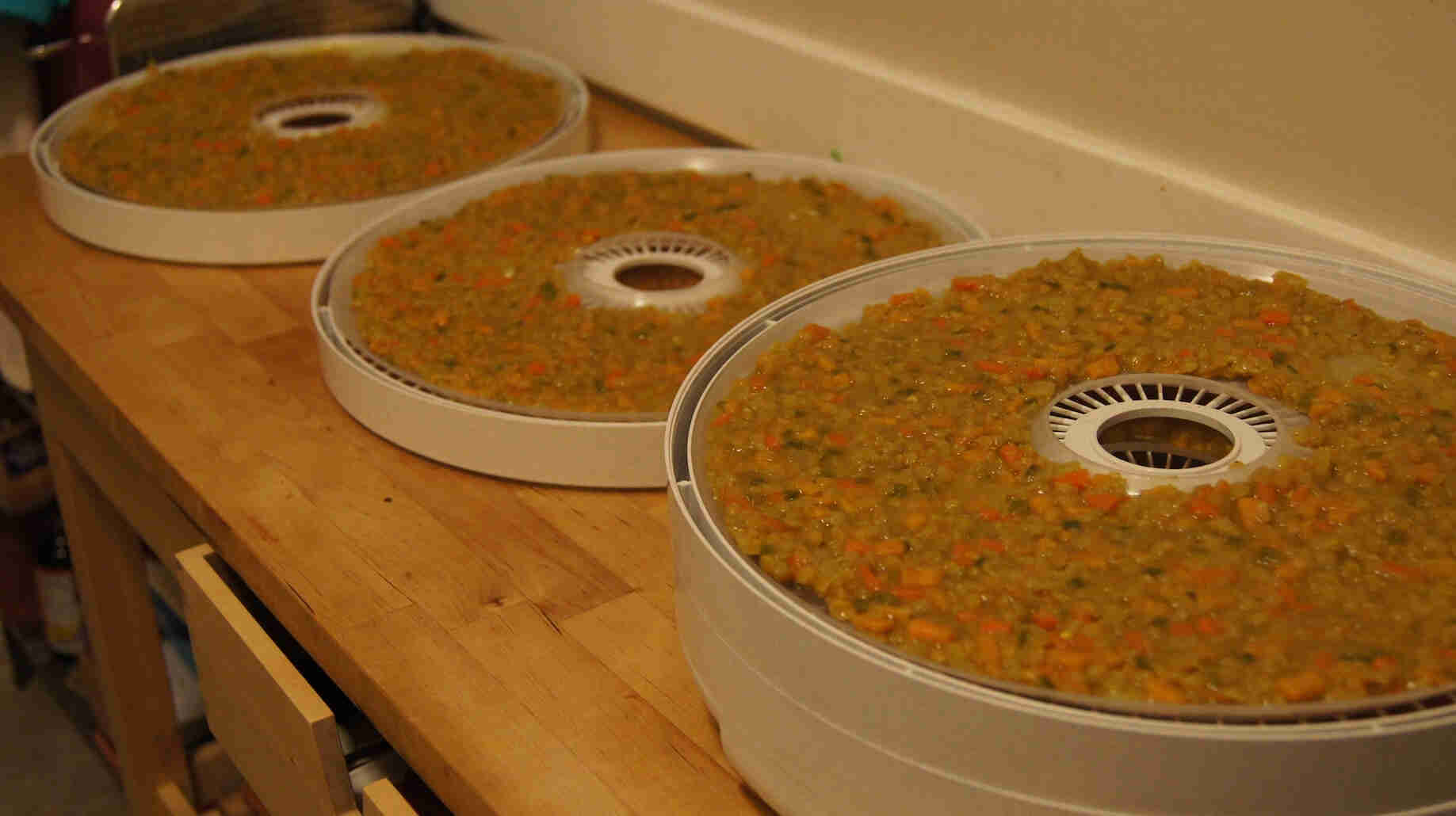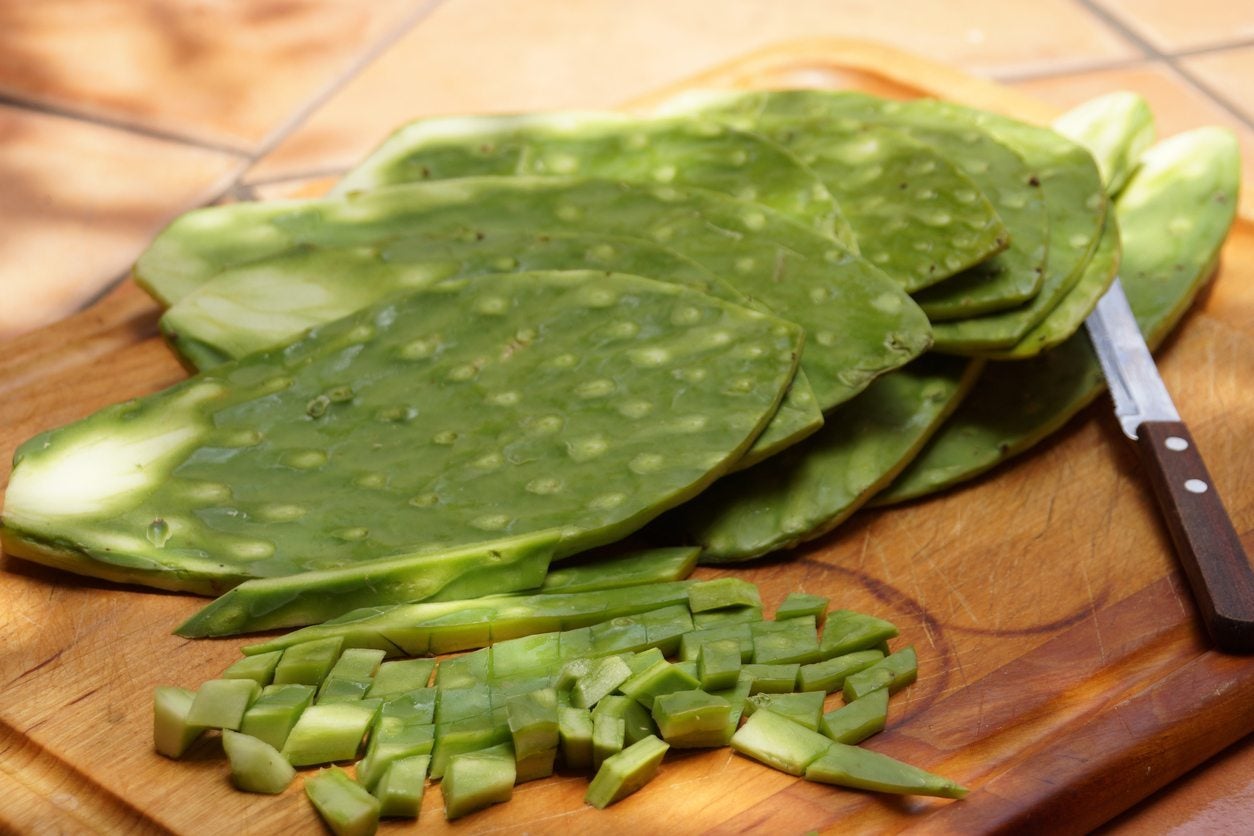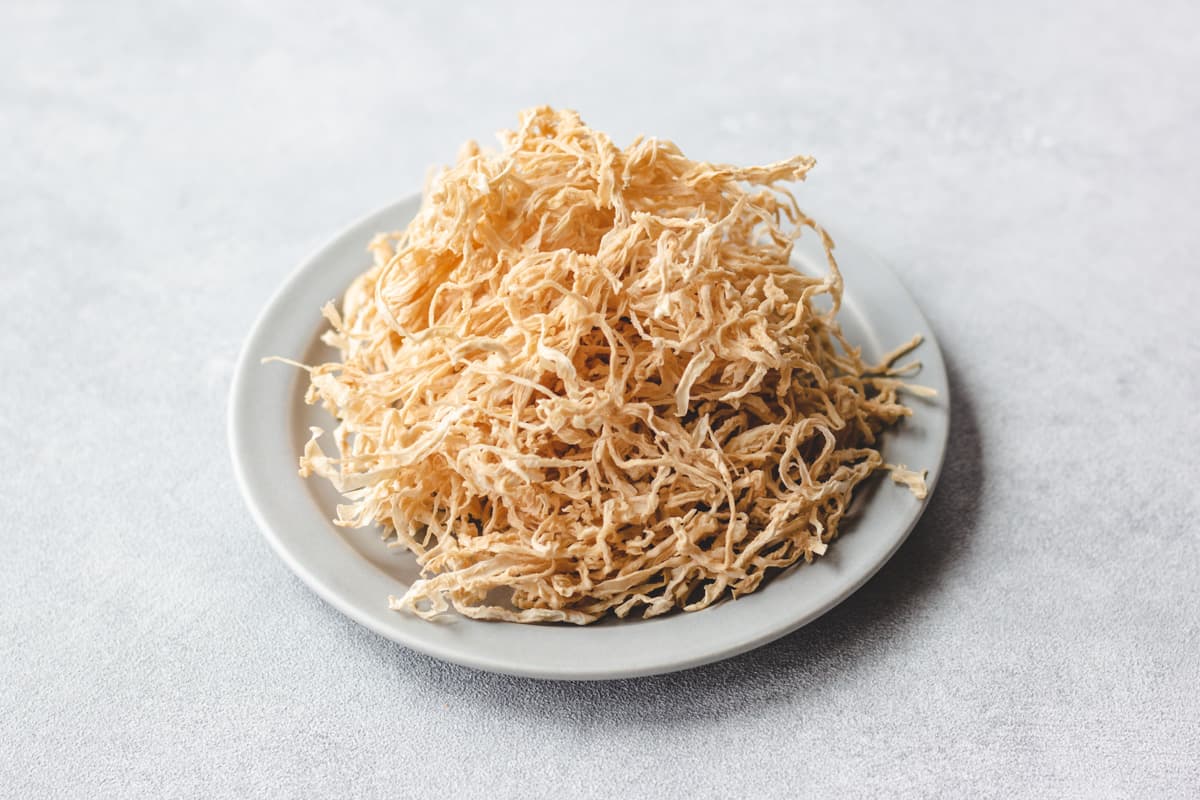Dehydrating Mango in the Oven: A Delicious and Easy Way to Preserve Fruit
Dehydrating mango in the oven is a simple and effective way to preserve this delicious fruit so that you can enjoy it all year round. Not only does dehydrating mango concentrate its natural sweetness, but it also creates a convenient and portable snack that is perfect for on-the-go munching. If you’re new to dehydrating fruits, don’t worry! With just a few easy steps, you can learn how to dehydrate mango in the oven and enjoy the tasty results.
Step-by-Step Guide to Dehydrating Mango in the Oven
Follow these simple steps to dehydrate mango in your oven:
- Choose Ripe Mangoes: Select ripe, yet firm mangoes for the best results. Ripe mangoes will be sweet and flavorful, ensuring that your dehydrated mango slices are bursting with taste.
- Prepare the Mango: Wash the mangoes thoroughly to remove any dirt or residue. Peel the mangoes and slice the flesh into thin, uniform pieces. This will help the mango to dehydrate evenly.
- Preheat the Oven: Preheat your oven to a low temperature, around 130°F (55°C), as this gentle heat will slowly dehydrate the mango without cooking it.
- Arrange the Mango Slices: Place the mango slices in a single layer on a baking sheet lined with parchment paper. Ensure that the slices are not touching each other to allow for proper air circulation.
- Dehydrate the Mango: Place the baking sheet in the preheated oven and let the mango slices dry for 3-4 hours, or until they are dried to your desired consistency. Keep an eye on them to prevent over-drying.
- Cool and Store: Once the mango slices are dehydrated, remove them from the oven and let them cool completely. Store the dehydrated mango in an airtight container or resealable bags for future snacking.
Tips for Dehydrating Mango in the Oven
Here are some helpful tips to ensure successful dehydrating of mango in the oven:
- Use Parchment Paper: Lining your baking sheet with parchment paper prevents the mango slices from sticking and makes for easy cleanup.
- Check for Dryness: To test for dryness, remove a slice of mango from the oven and let it cool. If it feels leathery and no moisture beads form when you squeeze it, the mango is adequately dehydrated.
- Store Properly: Store the dehydrated mango in a cool, dark place to maintain its quality. Properly stored dehydrated mango can last for several months.
Ways to Enjoy Dehydrated Mango
Once you have successfully dehydrated mango in the oven, there are numerous ways to enjoy this tasty treat:
- Snack: Pack dehydrated mango slices in your lunchbox or backpack for a convenient and healthy snack on the go.
- Trail Mix: Combine dehydrated mango with nuts and other dried fruits to create a delicious and energizing trail mix.
- Baking: Chop dehydrated mango into small pieces and add them to muffins, cookies, or granola for a burst of natural sweetness.
- Smoothies: Rehydrate dehydrated mango slices by soaking them in water, and then blend them into a refreshing and flavorful smoothie.
Dehydrating mango in the oven is a fantastic way to preserve this tropical fruit and enjoy its sweet, tangy flavor throughout the year. With a little time and effort, you can create a supply of delicious dehydrated mango that will satisfy your cravings for a healthy and natural snack.
For those eager to try their hand at dehydrating mangoes using an oven, a variety of delicious recipes await. One standout is the Dehydrated Mango and Dark Chocolate Bark, a delightful treat that combines the natural sweetness of mango with rich, dark chocolate. For a savory option, the Spicy Mango and Chili Powder Snack offers a perfect blend of sweet and spicy flavors. For breakfast enthusiasts, the Mango and Yogurt Parfait will add a refreshing twist to their morning routine. Lastly, for those who enjoy baking, the Dehydrated Mango and Almond Muffins provide a moist and flavorful experience. These recipes not only showcase the versatility of dehydrated mango but also make the most of its concentrated flavor and chewy texture.
Was this page helpful?
Read Next: How To Dehydrate Peach Slices
